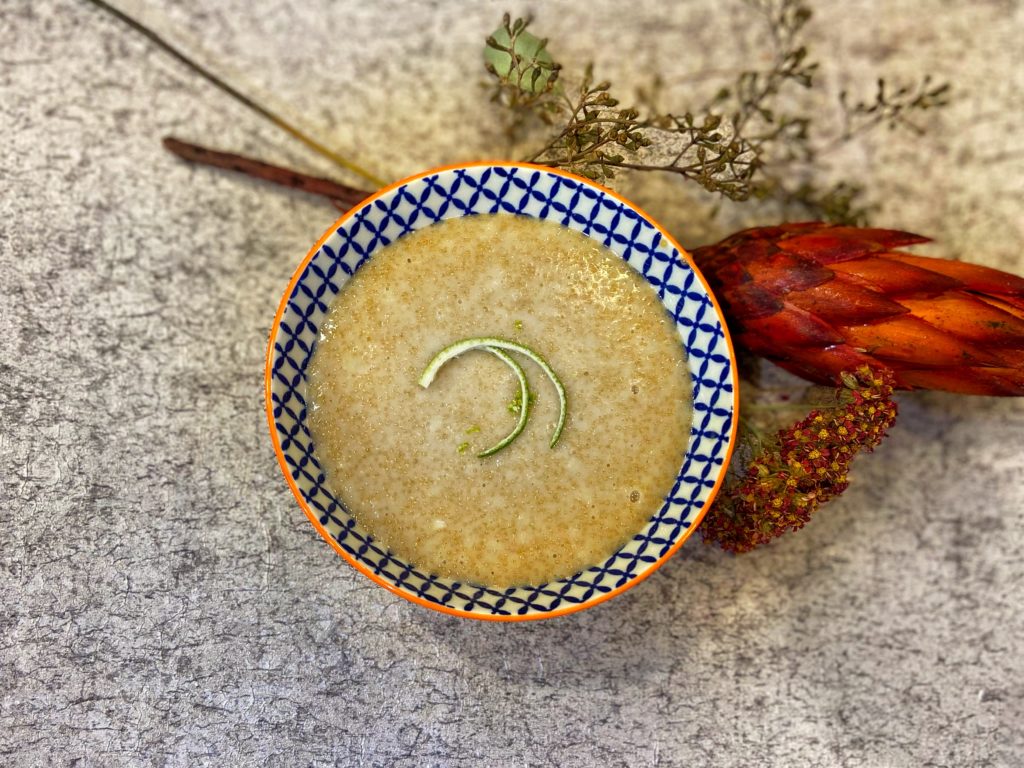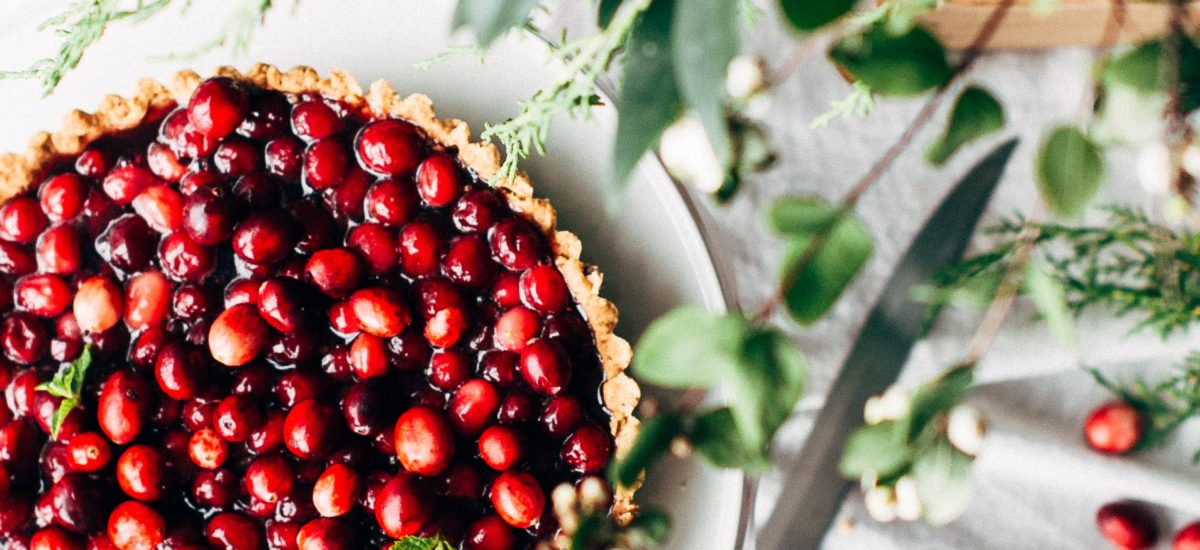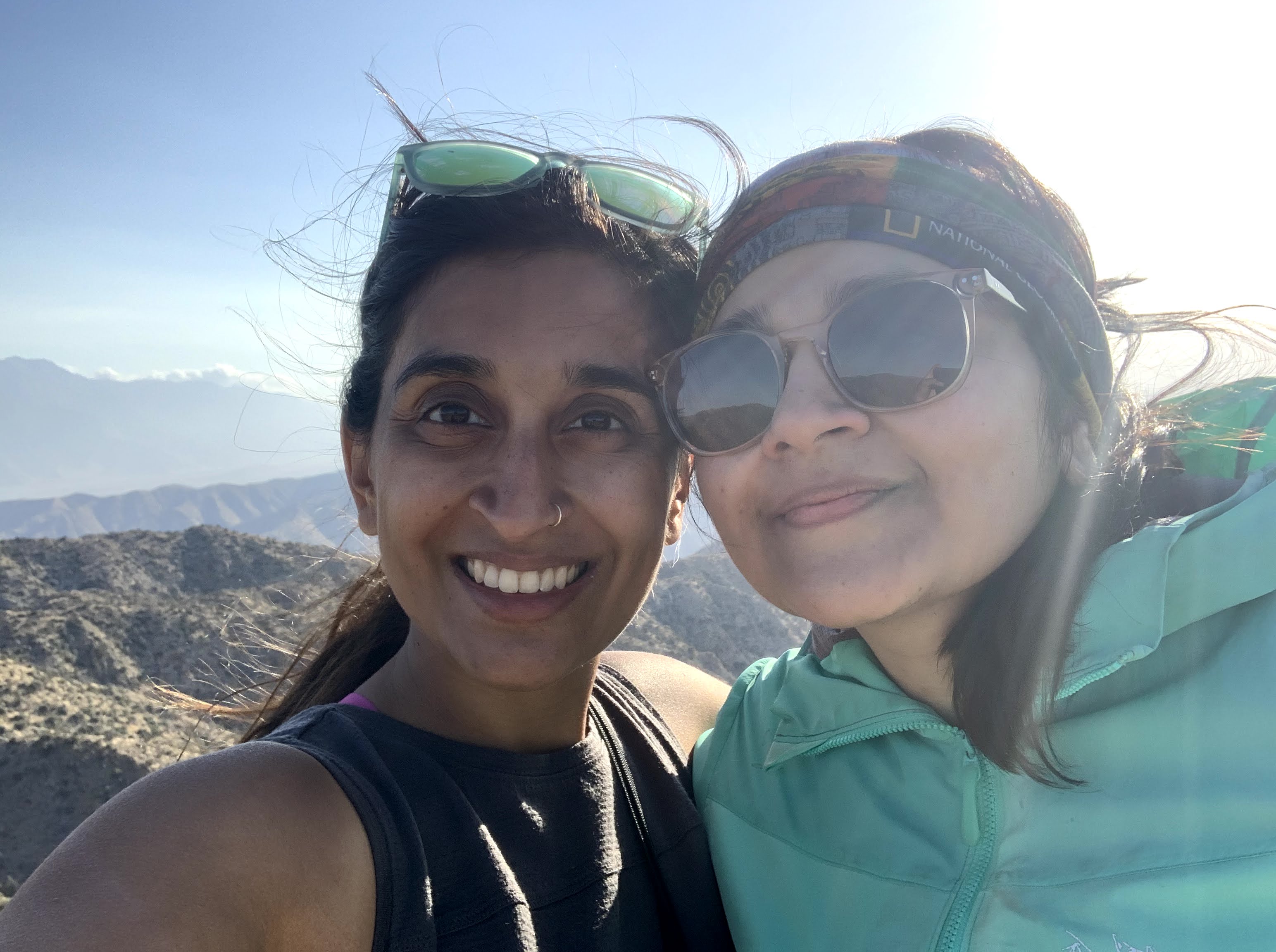Colonialism and Climate Change are inextricably linked, and its origins are seldom discussed, especially as we celebrate Thanksgiving as a nation.
Origin stories are important.
They help form a narrative that can provide meaning to history and allow us to derive lessons from it. The origin story of Thanksgiving highlights a long and enduring history of oppression and injustice; not to mention the beginnings of anthropogenic climate change in the Americas. As someone in the (predominantly white-centric) environmental and climate field, I’ve been in rooms where social justice and human rights in addressing climate efforts have indeed been a central focus of many conversations. However, these conversations seldom reference the origin stories of how communities at the frontlines of the climate crisis got there in the first place.
The success of colonialism rests on notions of power: power over ideas, livelihoods, communities, and cultural sovereignty.
Colonialism facilitated our framework of capitalism that positions livelihoods and natural environments as inferior to profit; profits designed specifically to maintain white and male supremacy. Colonialism centers the Western narrative in the advancements of the modern era, while shedding ownership of generations of concentrated stealth and violence against minority communities and large diasporas today. If you are of South Asian descent, like me, you likely have experienced your own post-colonial hangover in the many forms it takes – colorism, misogyny, generational trauma, etc. We continue to “silence the silenced” when we ignore and undervalue these historical realities, the parts the oppressor played (and still plays), and the community knowledge and lived experiences that oppressed communities can share.
So, let’s get back to the apocryphal story of Thanksgiving.
Colonialism and climate have roots that go way back. European colonizers killed so many Native Americans that it changed the global climate. This “large-scale depopulation” (read: mass brutality and genocide) resulted in vast tracts of agricultural land being left untended, allowing regrowth of new vegetation to soak up enough carbon dioxide from the atmosphere to actually cool the planet, and cause seismic global shifts. Yes, it was not just the Industrial Revolution that spurred our climate and warming crises – it was the brutal loss of autonomy, theft of ancestral lands, and erasure of ancient practices that were meant to keep living things in harmony with nature.
Here, I am the oppressor.
I’ve migrated to a foreign land that belongs to indigenous communities, where I extract, cultivate, and take ownership in places where I can at best be described as a visitor. Growing up in the States as an Asian immigrant, this holiday symbolized being among family, eating the food of my own native people – sambar, rasam, rice, and yogurt – and adding in a few root vegetables and a moment of saying ‘grace and thanks’ to ensure sufficient assimilation.
Sure, we can’t change the past. But we can change how we tell the story of the past and avoid repeating a history that erases generations of trauma. Traditional decolonization requires returning stolen land and autonomy to native people, and that process is complex. As individuals occupying and benefitting from a history of stealth, my family and I are working to listen, apologize, invest and repair. And for environmental justice, recognizing that colonialism and climate are so interconnected we cannot repair one without the other.
Perhaps the first step in healing the pain of the past is acknowledging our nation’s violent history and taking time to understand exactly what had happened. That starts with foregoing the concept of Thanksgiving as an idealized image of harmony over a decadent feast (one that, today, poses its own harm for food justice and sustainability). Instead, we choose to pay our respects to our role in this origin story. This week, we tried recipes and learned some of the food traditions of the First Nations in the lands we occupy. Many of the ingredients we used are ones we pick up from the grocery store often, but never attribute to native foods (like chia seeds, amaranth, masa, etc).
Here are a few recipes we tried!
Amaranth Corn Pudding by Chef Andrea Murdoch
Yield: Two 8-ounce servings
INGREDIENTS:
- 1 1/4 cups corn stock (see below)
- 1/2 cup coconut milk
- 1/3 cup amaranth seeds
- 4 1/2 tablespoons amaranth flour
- 2 1/2 tablespoons agave or maple syrup
- 1 tablespoon lime juice, or to taste
- Pinch of sea salt
INSTRUCTIONS:
- Make the corn stock by placing 4 corn cobs, roasted with kernels cut off, in 6 cups of water. Simmer over low heat for three hours. Strain and scrape the “milk” from the corn cobs.
- Bring the corn stock and coconut milk to a simmer.
- Whisk in the amaranth and amaranth flour. Simmer for about 15 minutes or until the
mixture thickens and the amaranth grains tenderize. Whisk from time to time to prevent
the mixture from sticking to the bottom of the pot. - Remove the pot from the heat and stir in the agave or maple syrup, lime juice and a
pinch of salt.

Wild Rice Cakes
Recipe courtesy of The Sioux Chef’s Indigenous Kitchen by Sean Sherman with Beth Dooley
Makes about 4 to 6 cakes
The recipe for these couldn’t be simpler. It’s just overcooked wild rice, pureed into a thick dough. We like to stir in a little cooked wild rice for texture. Once shaped, these will keep several days in the refrigerator, so feel free to make them ahead. Leftovers may be re-crisped in a low oven until warmed through.
INGREDIENTS:
- 2 cups cooked wild rice
- About 3 cups water
- Pinch salt
- Generous pinch maple sugar
- 3 to 4 tablespoons sunflower oil or more as needed

INSTRUCTIONS
1. Put 1 1/2 cups cooked wild rice and water into a saucepan, reserving 1/2 cup. Place over high heat, bring to a boil and reduce the heat to a simmer. Cook until the rice is very soft and the water has evaporated. Drain. In a food processor fitted with a steel blade, puree the rice into a sticky dough. Place the dough into a medium bowl and work in the salt, sugar and the remaining cooked rice.
2. Scoop out a scant 1/4 cup dough for each patty and shape to rounds about 1/2-inch thick. Heat the oil in a heavy skillet and brown the patties about 5 to 8 minutes per side until lightly browned. Transfer the patties to a baking sheet and place in a warm oven until ready to serve.
Listening is a way to learn more about the issues affecting Natives communities.
Most of which, like lack of economic opportunity and poor mental health, are a direct result of colonization. Listening means being open, empathetic, attentive, and considerate. Listening means healing the earth, and considering colonialism and climate as two parts of the same coin.
One simple way to listen is to follow Indigenous accounts on social media.
- @indigenousgoddessgang
- @lilnativeboy
- @seedingsovereignty
- @indigenousrising
- @repdebhaaland
- @_illuminatives
- @ndncollective
- @project_562
This Thanksgiving, we encourage everyone to take time and begin this process of healing.
It’s a collective process that requires the involvement of many communities coming together to recognize the hurt that was and is caused by colonization in the Americas, in order to bridge colonial divides and look forward to a new and more equitable future. What do you do to decolonize your holidays and stand with First Nations? Let us know in the comments!


